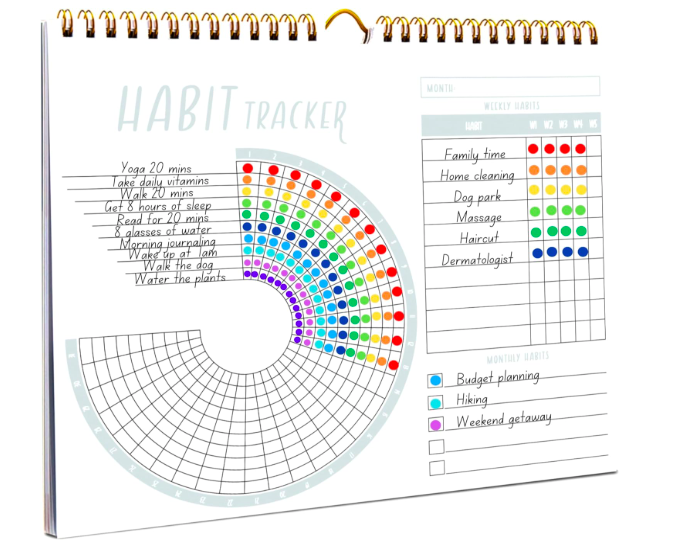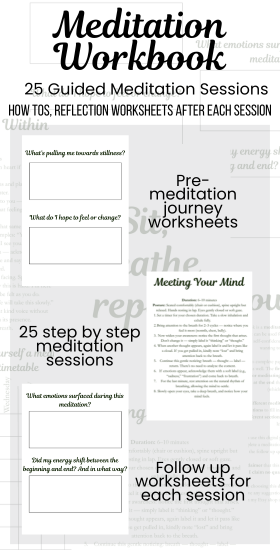Stress is stitched into the fabric of daily life. We often give it a bad reputation—rolling our eyes at deadlines, frustrations, or anxious thoughts—but the truth is, not all stress is harmful. Some stress is actually good for you. It’s a signal from your body that you’re alive, alert, and responding to the world around you. The key is learning to tell the difference between the stress that pushes you forward and the stress that holds you back.
Running is a powerful way to channel that energy. Rather than trying to fight stress or anxiety head-on, you can redirect it into motion, creating space in your mind while strengthening your body. Here’s a step-by-step guide to getting started with running specifically to support anxiety management.
Step 1: Recognise the Two Faces of Stress
- Good stress (eustress): That quickened heartbeat before a presentation or the nervous energy that helps you meet a deadline. It sharpens focus and can boost motivation.
- Bad stress (distress): The kind that lingers, weighs you down, and makes your body feel tense for hours—or even days. Left unchecked, it can drain your energy and heighten anxiety.
Running works as a bridge between the two. It takes the physiological effects of “bad” stress (racing thoughts, tight chest, restless energy) and transforms them into the productive energy of “good” stress through movement.

Wireless Earbuds, ENC Noise Cancelling Sport Ear Buds
Revolutionary Touchscreen Control Case: Breaking traditional sports earbud design, our Bluetooth earbuds feature not only smart single-tap controls but also an multifunction touchscreen charging case.
Step 2: Start Small and Gentle
You don’t need to be fast, and you definitely don’t need to run far. Begin with:
- A walk-run routine. Alternate between one minute of jogging and two minutes of walking, repeating for 15–20 minutes.
- A focus on ease. Your pace should feel comfortable enough that you could hold a light conversation.
This isn’t about performance; it’s about building a safe, steady outlet for anxious energy.
Step 3: Anchor Your Breath
Stress and anxiety often shorten the breath, keeping you stuck in shallow breathing. Running helps expand your lungs, but only if you pay attention:
- Inhale through your nose for 3 steps.
- Exhale through your mouth for 4 steps.
This rhythm doubles as a mindfulness practice—your attention stays with your breath and body instead of spiraling into anxious thoughts.
Step 4: Run for Release, Not Results
When stress feels overwhelming, the instinct is often to escape or suppress it. Running offers a healthier alternative: a release.
- Shift your mindset: Don’t worry about distance, time, or speed. Focus instead on how you feel before and after.
- Notice the shift: That restless tension in your body? Running helps it melt into a calmer, more grounded state.

Stay accountable with a habit tracker planner that helps track your workout calendar, self care tracker and goal journal.
Step 5: Build Consistency with Kindness
Good stress comes from growth, and growth comes from steady effort. To let running become your ally:
- Schedule two or three short runs per week.
- Celebrate completion, not perfection.
- If you miss a run, treat yourself with compassion—remember, the goal is to soothe anxiety, not add to it.

Women’s Long Sleeve Running Shirts Quick Dry Lightweight Pullover
Quick dry & lightweight fabric on the back combine with soft & stretch fabric on the front can wicks moisture away from the skin, and keeping you dry and comfortable all day.
Step 6: Reflect and Reframe
After a run, pause for a moment:
- Notice your mood, energy, and clarity of thought.
- Ask yourself: Did running transform my stress into fuel?
By reflecting, you train your brain to associate movement with relief, reinforcing running as a positive response to anxiety.







